How to test if a point P = [xp,yp] is inside/outside some rotated ellipse given by the centre C=[x,y], a, b, and phi ( angle of rotation)?
At this moment I am using the following solution: rotate ellipse and point by the angle -phi and then the common test for a position of the point and "non rotated" ellipse.
But there are a lot of tested points (thousands) and I find this solution as slow. Is there any direct and more efficient way to get a position of the rotated ellipse and point?
I do not need a code but the algorithm. Thanks for your help.


